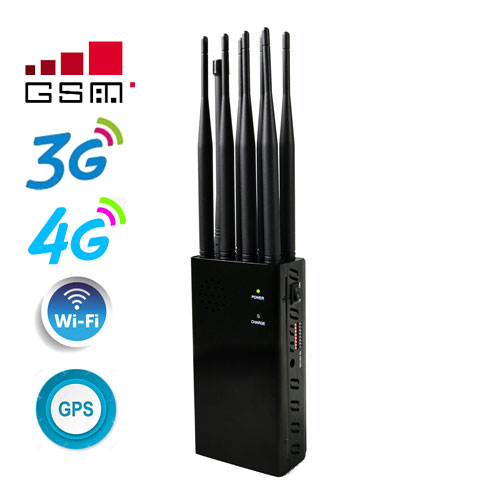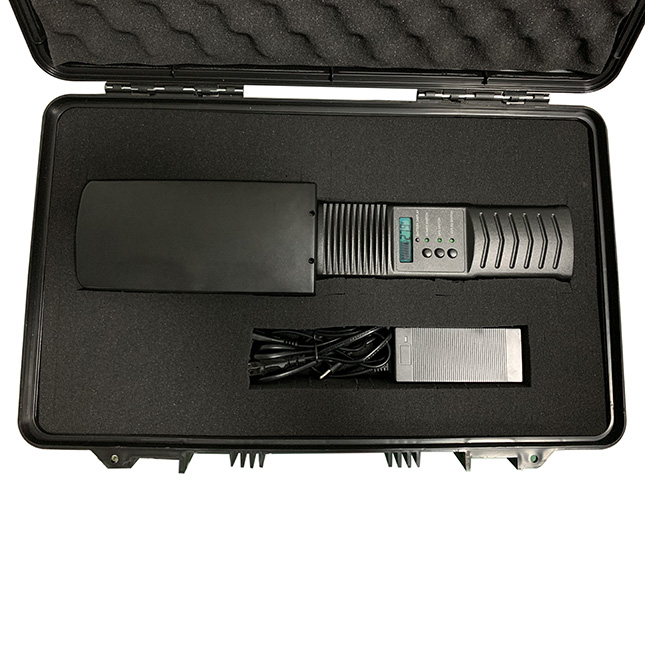Following the alleged drone attacks on London Gatwick Airport in 2018, we have been on the lookout for effective countermeasures against these fraudulent drone operators. An interesting solution was developed by [Ogün Levent] in Turkey and briefly documented on his Drone sense page via Crowdsupply. There are some gaps in the description due to nondisclosure agreements, but we may be able to make some good guesses about the missing content.
Not one, but two LimeSDRs are sent into the air aboard a custom-made drone to track down other drones and take them out by jamming their signals. This is generally much safer than trying to fire air-guided missiles at them!
The drone hardware used by [Ogün Levent] and his team is a bespoke S600 frame with T-Motor U3 motors and a 40 A speed controller with a takeoff weight of 5 kg. An Adventech single board computer is the master controller with a Pixhawk secondary and above all a large 4 W jammer with 4 W and 2.4 GHz and a range of 1200 meters.

The big advantage of sending a fighter drone with countermeasures instead of attempting to do so on the ground is that it can reduce the power of the signal jammer near the drone, which reduces the interference with other RF equipment in the area. The rogue drone is specially designed for them.
In one of the LimeSDRs, a GNU radio flow diagram with a specially designed block to detect the frequency modulation signature of the rogue drone is run with what appears to be a machine learning classification script. The other LimeSDR runs another * secret * flowgraph, and a custom script that runs on the SBC combines the two flowgraphs together.
What is the second LimeSDR doing now? Some of the more obvious problems with the overall concept are that the drone is self-jammed and the rogue drone may already have anti-jamming features installed. In that case, she simply returns home. Maybe the second SDR will be there to track the drone on its return home and use it to catch the human operator?





